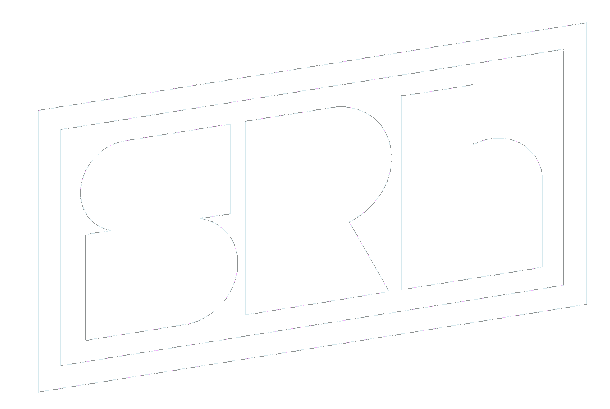How do you get famous? Put on a show.
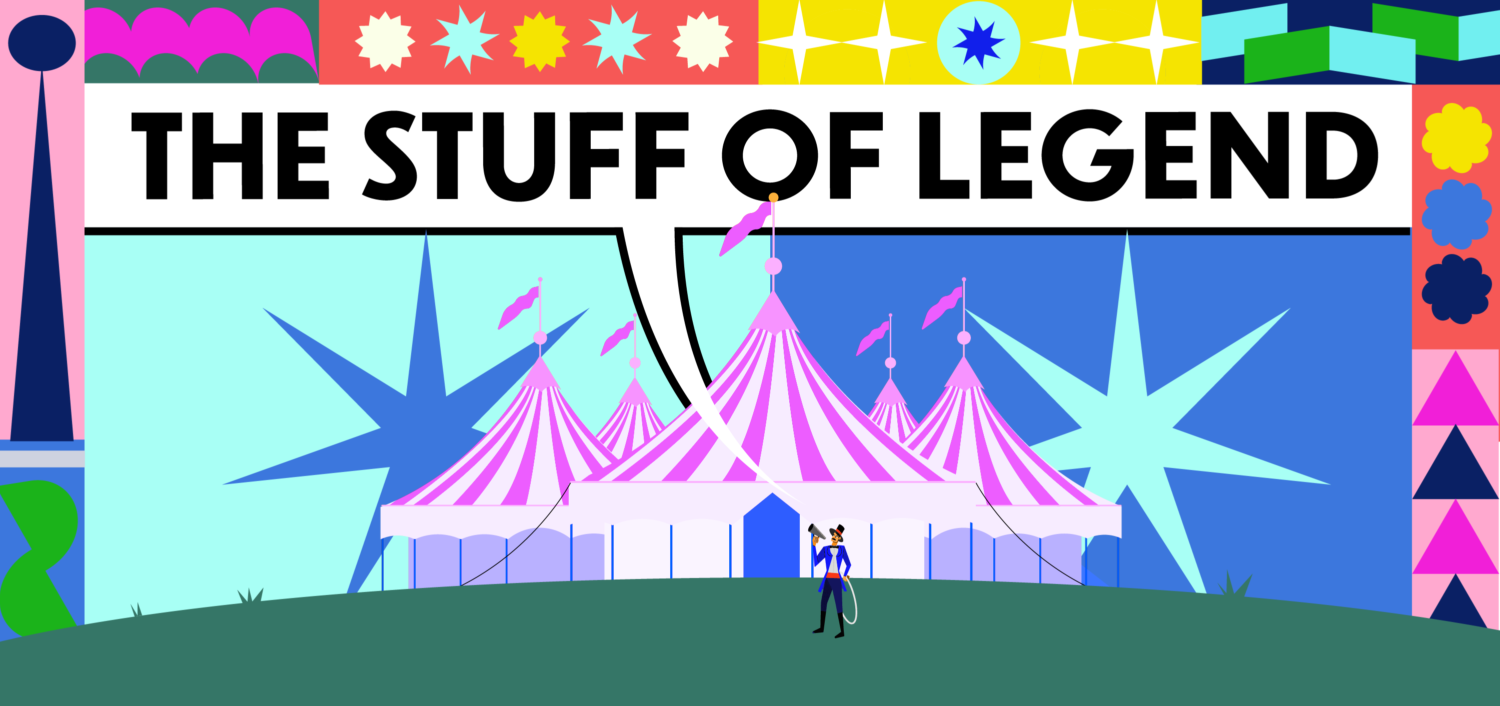
Be entertaining. Be fluent. Be relentless. Build fame.
People in adland love to believe we’re descended from a long and very serious line of royalty that includes giants like David Ogilvy, Rosser Reeves and Bill Bernbach. That’s only partially true.
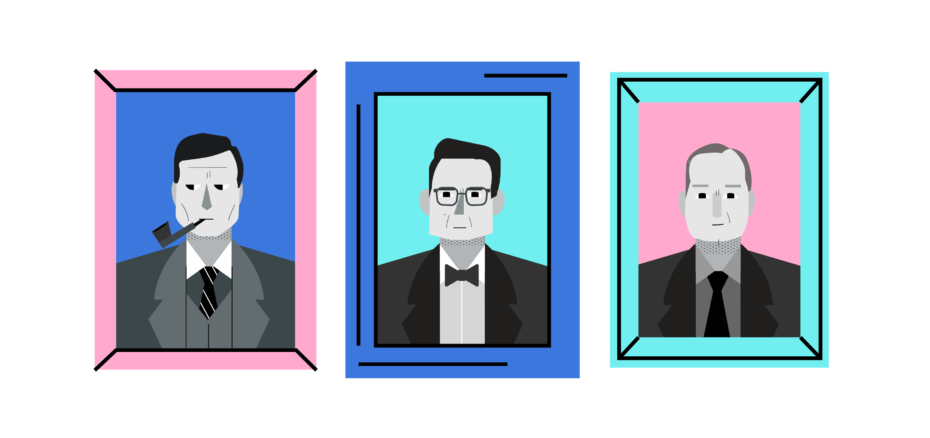
We also have a lot of black sheep in the family that we don’t often talk about.
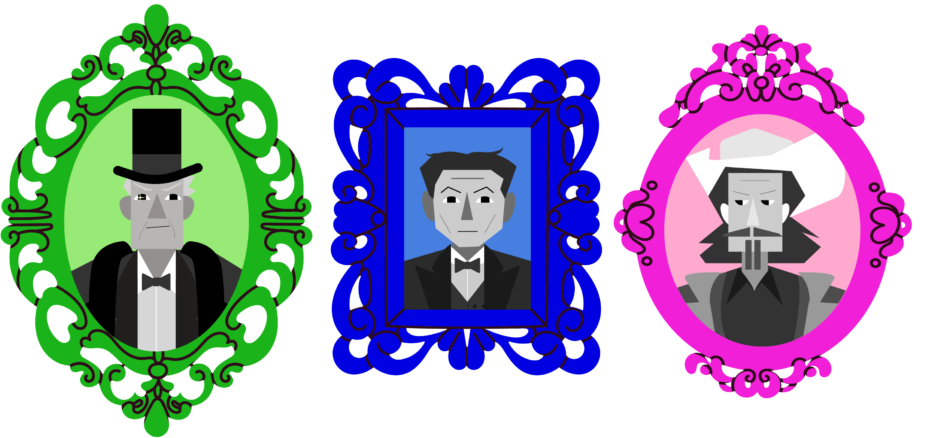
In “Why Does the Pedlar Sing?” advertising industry veteran Paul Feldwick reminds us that our ancestors also include street buskers, singing peddlers, carnival barkers, P.T. Barnum, Houdini and traveling medicine shows. They’re as much a part of the fabric of advertising as Don Draper’s wool suits.
At medicine shows, pitchmen (and women) would ride into a small town and set up a stage. To draw in more and more people, they’d put on a show featuring some combination of musicians, magicians, jugglers, dancers, storytellers, fire eaters, sword swallowers and so on.
In between acts, they’d sell their tonics and elixirs.
Plenty of people bought the “medicine,” but everyone was there for the show.
Was it highbrow? Nope. Was it effective? Yes.
And it’s this side of the family that we need to learn from. Because people love to be entertained, amazed, delighted and surprised. And if you do it well, they will reward you for it.
Put on a show. Make it epic.
Back in 2011, Volvo was launching a new line of very large trucks with cool new innovative features.
The challenge? The relatively small number of people who drive these kinds of vehicles for a living are generally not the ones who buy them.
This small audience of experts would immediately understand how and why the new Volvo trucks were great. But they aren’t the ultimate decision-makers, though they are part of the conversation.
The people who actually buy these kinds of vehicles are the people who lead and run construction, shipping, manufacturing and mining companies around the world.
It’s a larger audience, but they’re more difficult to reach. They’re busy. They’re everywhere. It’s harder to grab their attention, because they don’t care about very large trucks in the same way drivers do.
Volvo had to reach these people and draw them in. To do that, they had to get people around them talking and sharing. And they had to attract the attention of people who could broadcast their message to an even larger audience for free.
Sure, Volvo could’ve tried a targeted, sales-oriented approach. They could’ve tried educating a busy, indifferent audience about the features and benefits of their new line of trucks.
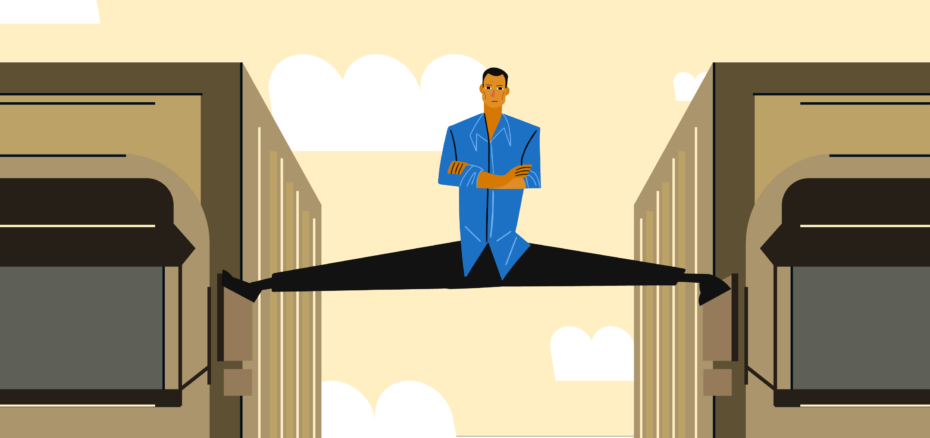
Instead, they created a spectacle.
You may remember the jaw-dropping (and very funny) Epic Split video featuring legendary Belgian martial artist and action star Jean-Claude Van Damme.
In the video, Van Damme does the splits between two Volvo trucks while they’re driving backwards.
The feature?
Volvo’s dynamic steering is stunningly precise and stable.
The benefit?
Jean-Claude Van Damme gets to do a kickass dope stunt.
Volvo released other videos for the Live Series campaign, including:
Hamster Stunt – Charlie the Hero
Look Who’s Driving feat. 4-year-old Sophie
Each video highlights a single product feature in the most fun, harrowing, skin-in-the-game, joyfully hilarious possible way. They’re glorious.
The epic results …
The Volvo Trucks Live Series campaign had no media spend. All videos were posted on their YouTube channel and social. “Epic Split” alone has 121 million views.
The entire campaign cost somewhere between $3–4 million to produce. It earned an estimated $140 million worth of media coverage and, while attribution is tricky, sales increased by 24% and market share by 3% during the campaign.
Volvo put on one hell of a show, and it paid off.
To be 1000% crystal clear … product matters. It’s the first of the 4Ps of marketing for a reason.
Volvo’s Live Series campaign was wildly entertaining, and it clearly demonstrated their passionate commitment to innovation and quality.
Spectacle cuts through the noise. It draws an audience. It gets watched and shared, rewatched and shared again. It gets covered by the Today Show.
Spectacle builds fame.
Marketing is definitely a pay to play to win game.
But there’s more than one kind of game.
You can play a dull, predictable, prohibitively expensive game that only category leaders can win.
Or you can play a smart, entertaining, funny, emotionally-driven, fame-building, all-in, leave-it-all-on-the-field kind of game.
You can put on a show.
We’ll see you next time.
Sources!
“Why Does the Pedlar Sing?” by Paul Feldwick
“Volvo Live Test Series: A Case Study” – WARC
